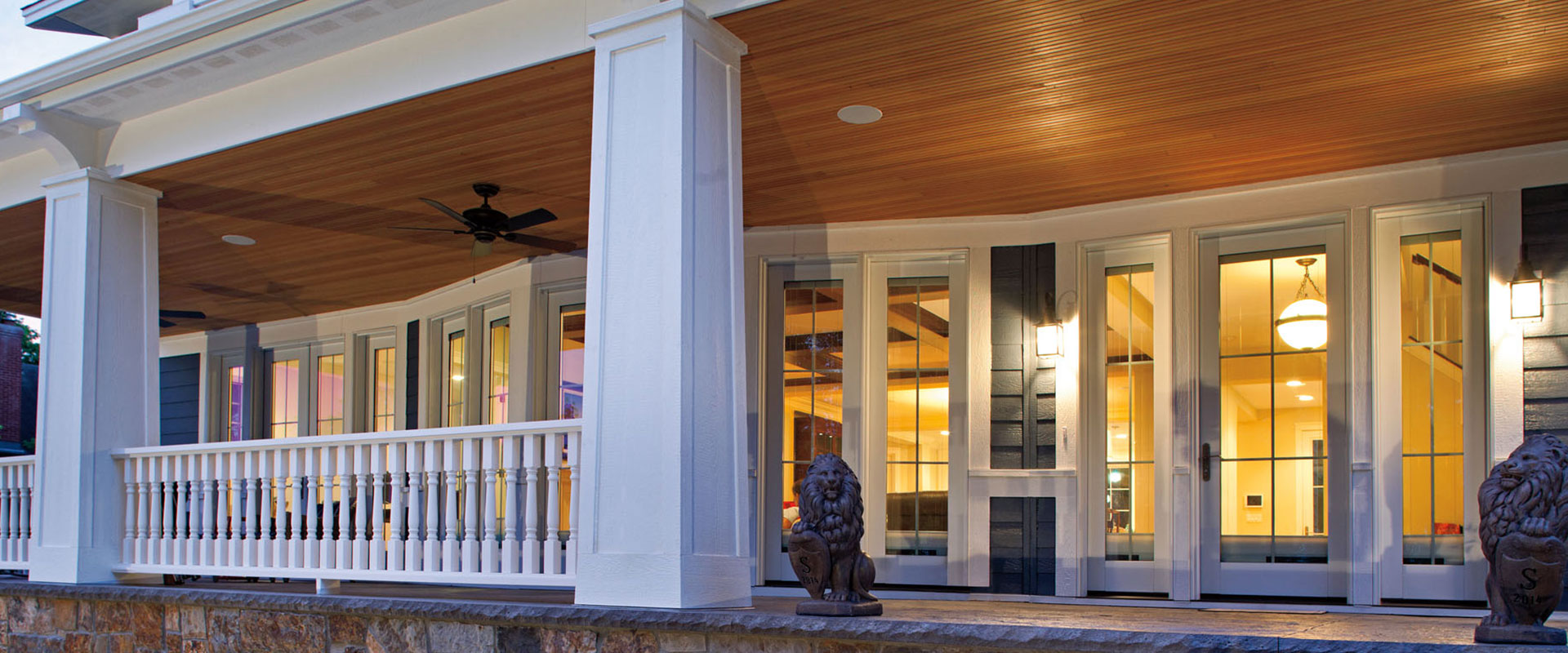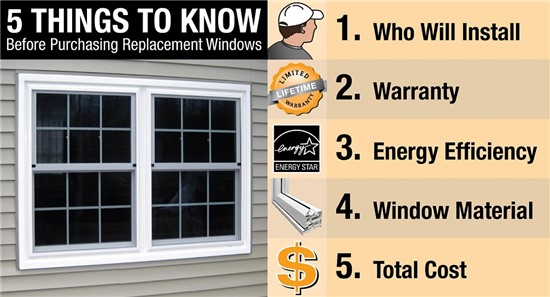Update Your Home with Houston Pella Windows Setup
Update Your Home with Houston Pella Windows Setup
Blog Article
Upgrade Your Home With Energy-Efficient Home Window Replacements
In the world of home renovation, the decision to update to energy-efficient home window replacements can dramatically impact both the performance and aesthetic appeals of a residence (Conroe window replacement). As homeowners seek means to boost the effectiveness and sustainability of their home, the option of home windows plays a pivotal role in accomplishing these goals. Past the surface area degree of plain visual appeals, energy-efficient home windows provide a plethora of benefits that go beyond mere visual charm. With a cautious option procedure that considers various elements, from glass types to installation strategies, embarking on this home upgrade journey could show to be a transformative venture.
Benefits of Energy-Efficient Windows

The installation of energy-efficient home windows provides significant savings on utility costs while enhancing environmental sustainability. Furthermore, energy-efficient windows can help control dampness levels within the home, decreasing the danger of mold and mildew and mold development.
Beyond the financial advantages, energy-efficient windows add to environmental sustainability by lowering carbon discharges connected with energy manufacturing. By decreasing energy usage, these home windows assist minimize the environmental effect of home heating, lights, and cooling property rooms. This decrease in power usage plays an essential duty in combating climate change and advertising a greener future for generations ahead. Generally, buying energy-efficient home windows not just enhances the comfort and effectiveness of a home yet additionally straightens with eco aware methods.
Kinds Of Energy-Efficient Glass
Different sophisticated sorts of energy-efficient glass deal distinct properties that satisfy various requirements and preferences in improving the sustainability and effectiveness of buildings. Low-emissivity (Low-E) glass is a popular alternative created to reduce the quantity of ultraviolet and infrared light that can pass with the glass, thus decreasing warmth transfer. This sort of glass helps keep a consistent interior temperature, reducing the demand for heating or cooling down systems, and eventually reducing energy expenses. Another cutting-edge choice is spectrally discerning glass, which allows noticeable light to travel through while obstructing certain sorts of infrared radiation. This assists in maintaining a comfy indoor setting while reducing warmth gain. Triple-pane glass, containing 3 layers of glass with protecting gas between them, supplies enhanced thermal insulation, making it extremely energy-efficient. In addition, self-cleaning glass with a special finishing that damages down and loosens dirt when revealed to sunlight can minimize upkeep needs and maintain windows looking tidy. Each kind of energy-efficient glass offers distinctive advantages, permitting homeowners to pick the most appropriate alternative based on their particular requirements and goals.
Elements to Consider When Selecting
When contemplating energy-efficient window substitutes, it is necessary to very carefully assess certain variables that align with your sustainability goals and preferred energy cost savings. The U-factor procedures exactly how well the home window insulates, with reduced numbers indicating far better insulation, while the SHGC shows the window's capability to block heat from sunshine. By meticulously reviewing these factors, you can pick energy-efficient home windows that boost additional hints comfort, lower energy prices, and benefit the atmosphere.
Setup and Maintenance Tips

Normal maintenance is crucial to preserving the effectiveness of your energy-efficient windows. Check the home windows regularly for any signs of damages, wear, or sealant damage. Clean the frames, tracks, and glass consistently making use of mild soap and water to get rid of dirt and gunk that can affect efficiency. Examine the weather-stripping and seals for any kind of tears or gaps and replace them if needed to keep the windows' energy performance.
In enhancement, lube relocating components such as hinges and locks to ensure smooth procedure. By adhering to these setup and upkeep suggestions, you can improve the power effectiveness of your home and prolong the life-span of your energy-efficient home windows.
Cost-Benefit Evaluation of Upgrading

Energy-efficient home windows are made to lessen warmth transfer, reducing the need for house window glass replacement home heating and cooling systems to burn the midnight oil. This can result in considerable savings on energy costs, especially in areas with extreme temperatures. Furthermore, energy-efficient windows can improve the total value of your home, making it much more attractive to possible buyers if you decide to market in the future.
When determining the visit the website cost-benefit analysis, aspect in the prospective cost savings on power expenses, any type of readily available motivations or rebates, and the life-span of the home windows. While the initial expense might be greater, the lasting cost savings and benefits of energy-efficient home windows make them a smart investment for house owners wanting to boost their building's power performance and value.

Final Thought
Finally, updating to energy-efficient window substitutes provides various benefits such as lowered energy consumption, raised convenience, and expense savings. By selecting the appropriate kind of energy-efficient glass and taking into consideration aspects like framework product and installment, house owners can optimize the efficiency of their home windows. Routine upkeep and correct installation are necessary for long-lasting performance. On the whole, the cost-benefit analysis of upgrading to energy-efficient windows shows that the first investment can result in substantial cost savings in the future.
When pondering energy-efficient home window substitutes, it is important to very carefully evaluate particular aspects that align with your sustainability goals and desired power savings. The U-factor steps just how well the home window shields, with reduced numbers indicating much better insulation, while the SHGC suggests the window's ability to block heat from sunshine. By carefully examining these factors, you can pick energy-efficient windows that boost comfort, minimize power costs, and benefit the environment.
While energy-efficient windows might have a higher upfront price contrasted to standard windows, the long-lasting benefits typically exceed the first investment.In conclusion, updating to energy-efficient home window replacements offers various benefits such as decreased energy usage, increased comfort, and cost savings.
Report this page